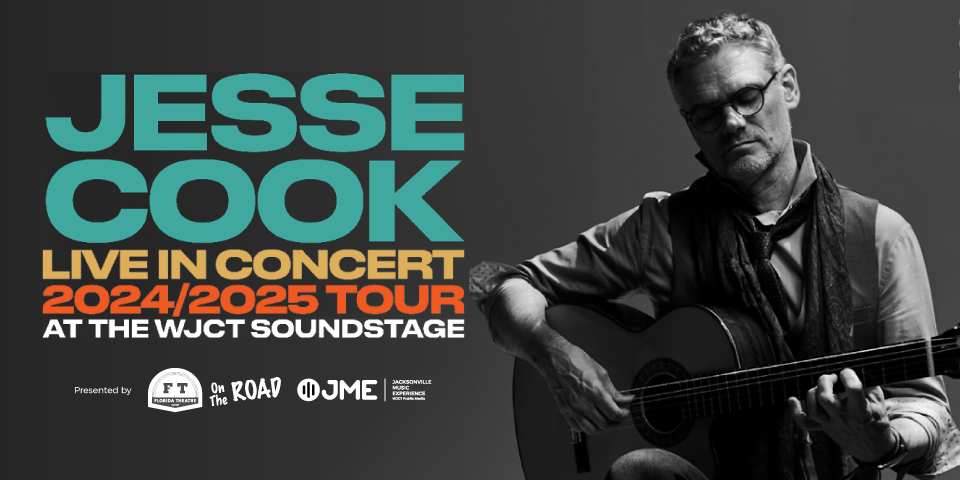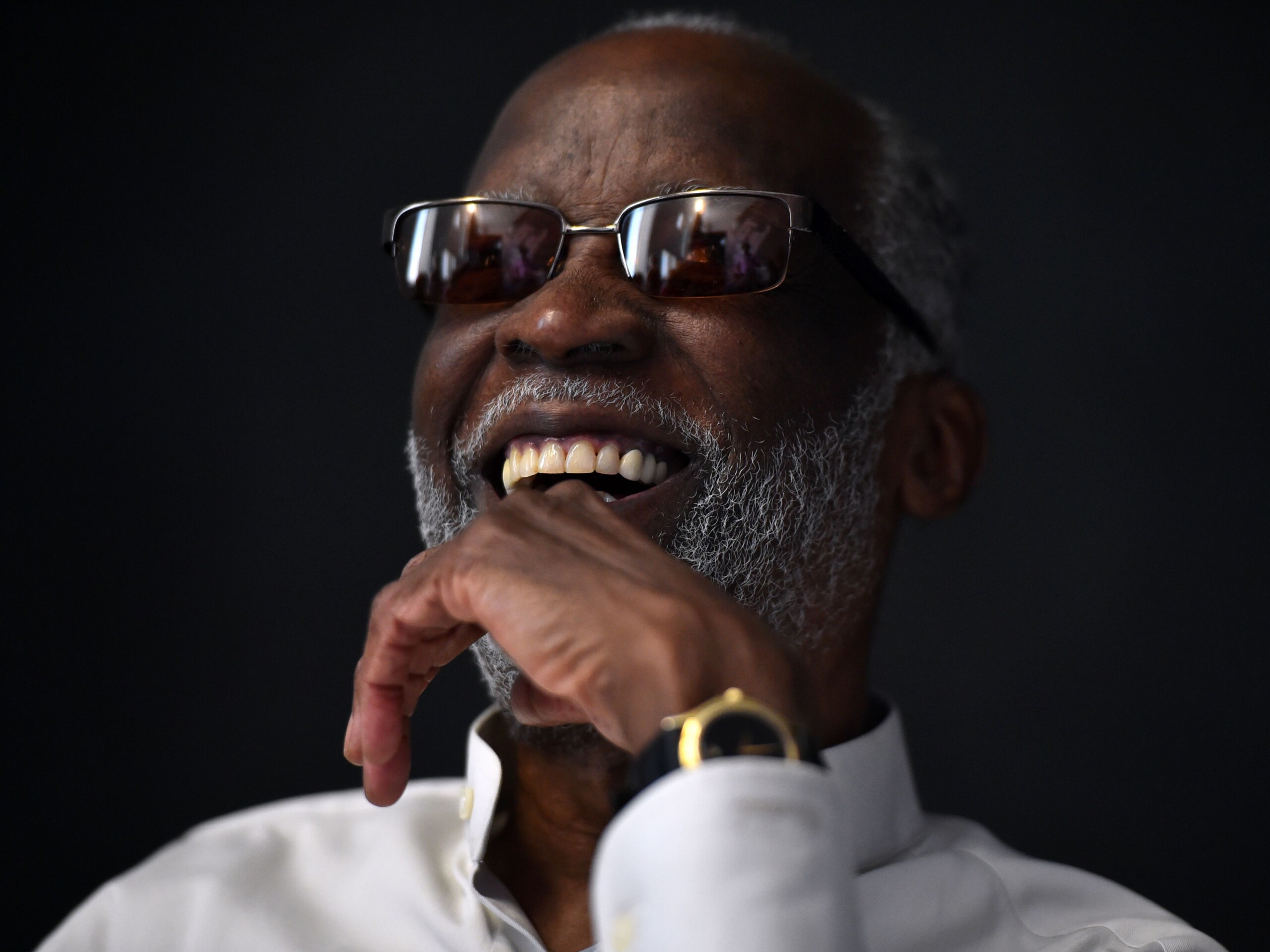
For most jazz performers, a song is part of a performance. For Ahmad Jamal, each song was a performance. Over the course of a remarkable eight-decade career, Jamal, who passed away Sunday at the age of 92, created stellar recordings both as an ambitious youth and a sagely veteran.
Jamal’s death was confirmed by his daughter, Sumayah Jamal. He died Sunday afternoon in Ashley Falls, Mass., after a battle with prostate cancer.
Jamal’s influence and admirers spread far and wide in jazz. For instance, Miles Davis found enormous inspiration in his work: In his 1989 autobiography, Miles, the legendary trumpeter said that Jamal “knocked me out with his concept of space, his lightness of touch, his understatement, and the way he phrases notes and chords and passages.” Miles went on to record Jamal’s “New Rhumba” on his classic 1957 recording Miles Ahead.
His contemporary admirers are just as fervent. Pianist Ethan Iverson, a founding member of the exceptionally popular trio The Bad Plus, said, “All of his pieces are theatrical and contained. In some ways the Bad Plus was an extension of his classic trio.”
Pianist Vijay Iyer was just as adamant. “His sense of time is that of a dancer, or a comedian. His left hand stays focused, and his right hand is always in motion, interacting with, leaning on, and shading the pulse.
“He bends any song to his will, always open to the moment and always pushing the boundaries, willing to override whatever old chestnut he’s playing in search of something profoundly alive.”
Jamal was born Frederick Russell Jones in Pittsburgh on July 2, 1930. When he was 3 years old, his uncle challenged him to duplicate what he was playing on the piano, and the youngster actually could. He began formal studies of the piano at the age of 7 and quickly took on an advanced curriculum. He told Eugene Holley Jr. of Wax Poetics in a 2018 interview, “I studied Art Tatum, Bach, Beethoven, Count Basie, John Kirby and Nat Cole. I was studying Liszt. I had to know European and American classical music. My mother was rich in spirit, and she led me to another rich person: my teacher, Mary Cardwell Dawson, who started the first African-American opera company in the country.”
Jamal grew up in a Pittsburgh community that was rich in jazz history. His neighbors included the legendary pianists Earl Hines, Errol Garner and Mary Lou Williams. As a youth, Jamal delivered newspapers to the household of Billy Strayhorn. When Jamal began his professional career at the age of 14, Art Tatum, an early titan of the keyboard, proclaimed him “a coming great.” During a tour stop in Detroit, Jamal, who was born to Baptist parents, converted to Islam and changed his name.
His fluency in European classical music — Jamal disdained the term jazz, preferring American classical music as a descriptor for his work — was a highlight of his style. In a 2001 New York Times article, Ben Waltzer, a pianist and ciriculum director at the University of Chicago, noted, “when we listen to his music, fragments from Ravel’s ‘Bolero’ and Falla’s ‘Ritual Fire Dance’ mingle with the blues, standard songs, melodic catch-phrases from bebop, and the ‘Marseillaise.'”
This may not seem remarkable today, when most jazz musicians are conservatory-trained and well versed in art music, from Louis Armstrong to Iannis Xenakis and from Laurie Anderson to John Zorn. But Jamal was a youth when there were significant barriers to African Americans entering the academy. “In Pittsburgh, we didn’t separate the two schools,” he told Waltzer.
Jamal’s style went well beyond a diverse range of source material; he expanded the borders and depth of improvisation. “Jazz improvisation is generally understood as a narrative melodic line composed spontaneously in relation to a song’s harmonic structure,” wrote Waltzer. “Jamal broadened this concept by using recurring riffs, vamps and ostinatos — tropes of big-band jazz that were employed as background accompaniment for featured instrumentalists — not just to frame solos, as many musicians did, but as the stuff of improvisation itself.”
In the early and mid-’50s, Jamal led various trios and quartets, before settling into a trio setting with bassist Israel Crosby and drummer Vernel Fournier. In 1958, they released the landmark jazz recording, At The Pershing: But Not For Me. It is one of the most popular and influential recordings in jazz history. It stayed on the Billboard Top 200 album chart for an astounding 108 weeks.
Iverson said of the title track, “The classic Jamal Trio with Crosby and Fournier is one of the greatest groups of all time. ‘But Not For Me’ is a perfect three minutes. Literally perfect. There’s nothing better.”
The trio’s version of “Poinciana” sparked the popularity of the recording, and it became a signature tune for Jamal. He told Wax Poetics, “It was a combination of things: Israel Crosby’s lines, what I was playing, and Vernel—if you listen to his work on “Poinciana,” you’d think it was two drummers!”
Jamal visited Africa in 1959. Upon his return to Chicago, he had a failed venture as a club owner, then took a hiatus from recording in the early ’60s. By the middle of the decade, he’d resumed recording and touring. His 1969 album, The Awakening, was widely hailed for its rendering of jazz standards and originals.
His music was found in the soundtracks of movies like M*A*S*H and The Bridges of Madison County. In a 1985 episode of NPR’s Piano Jazz, Jamal told host and fellow piano legend Marian McPartland that his favorite recording was “the next one.” Then he allowed that the Pershing “was close to perfection.” He also said that he continued to focus on ballads. “They are difficult to play,” he told her, “it takes years of living to read them properly.” In 1994, he was awarded a National Endowment for the Arts Jazz Master Fellowship.
He continued making stellar recordings into the past decade. His 2017 release, Marseille, was noted in the NPR Music Jazz Critics Poll.
The recording featured all of the hallmarks that made Jamal a great pianist and bandleader, and the drummer Herlin Riley, like Fournier, was from New Orleans. It prompted Iyer to note that Jamal’s lineage of New Orleanian drummers — Fournier, Idris Muhammad and Riley — suggests rhythm as a ritual or cultural cornerstone.
Jamal’s work continued to impress other pianists. In 2014 Matthew Shipp told NPR’s Karen Michel, “His imagination is so deep. One of the joys of listening to him is to see how his fertile imagination interacts with the material he does pick and recombines it into a musical entity that we’ve never heard. I mean, he is a musical architect of the highest order.”
Waltzer added, “innovation in jazz can be subtle. Rather than reaching outward to create an overtly revolutionary sound, Mr. Jamal explored the inner workings of the small ensemble to control, shape and dramatize his music.”
9(MDEwNzczMDA2MDEzNTg3ODA1MTAzZjYxNg004))

Mr. Al Pete and Notsucal Release Their Latest Collab, ‘G4.5’

Dinner Party, Tom Misch and More from the Neighborhood with Mr. Al Pete

An Ultra-Chill Playlist from the Latest Episode of Electro Lounge

Sing Out Loud Festival Returns With Hozier, Beabadoobee, Father John Misty, Vance Joy and More
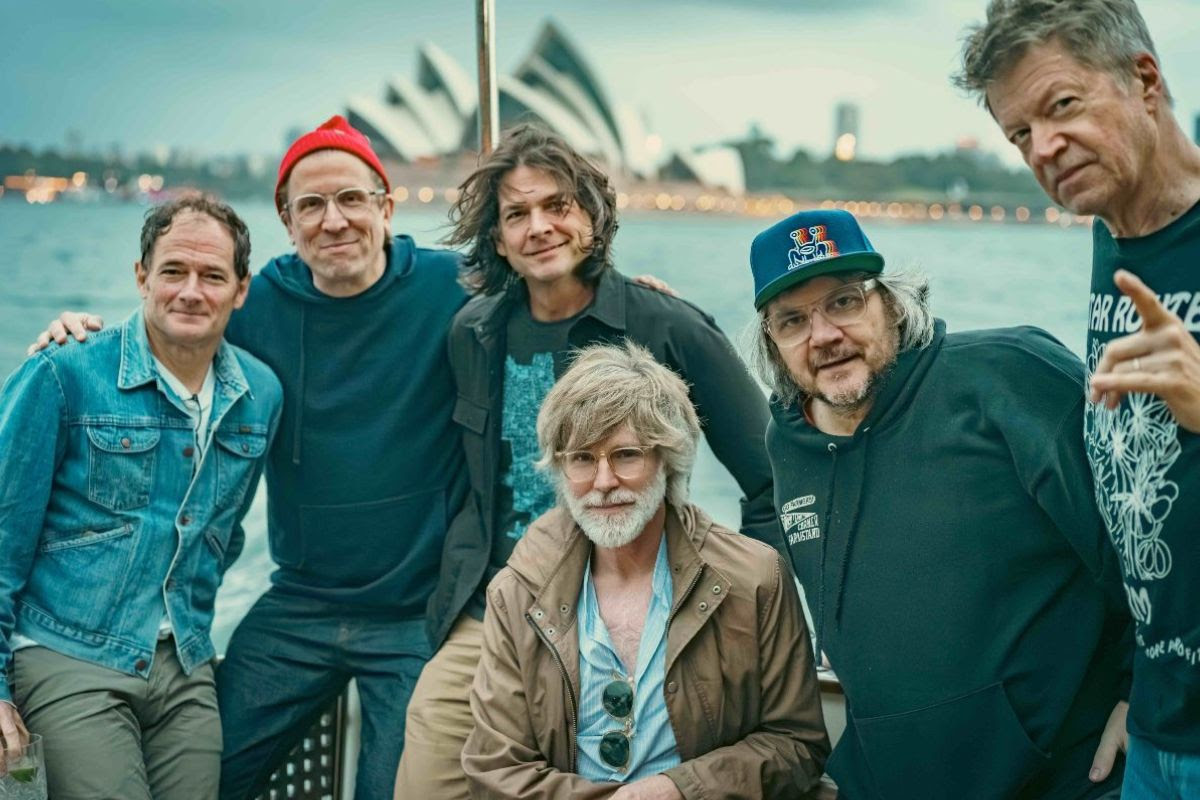
Chicago Alt-Country Faves Wilco Return to St. Augustine with Indie-Folk Great Waxahatchee

Looking for an Alternative to Spotify? Consider Hopping on the band(camp) Wagon
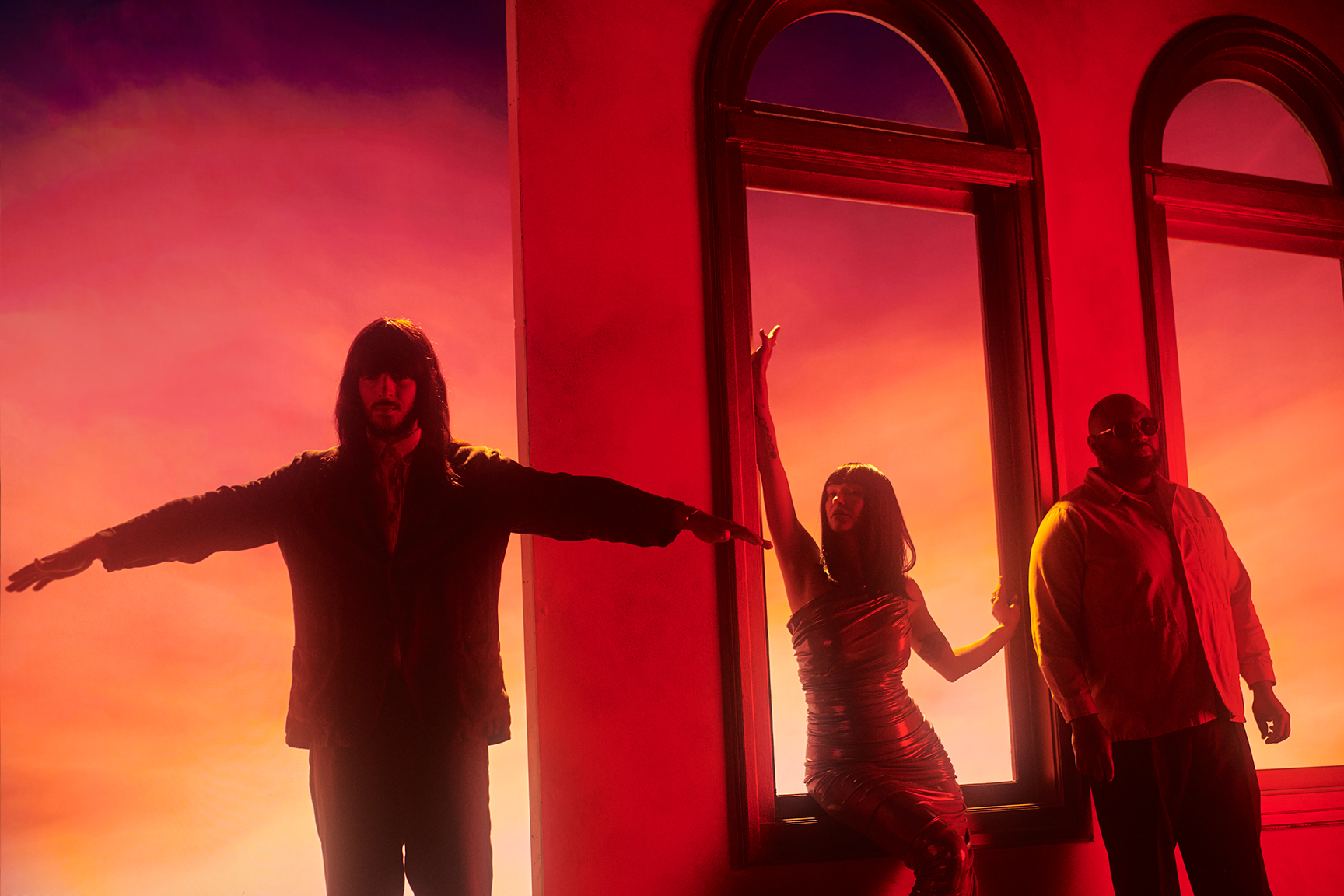
Khruangbin to Bring ‘A LA SALA’ Tour to St. Augustine in April

Perfume Genius, Flipturn, Tamino + Mitski and 6 New Songs to Stream
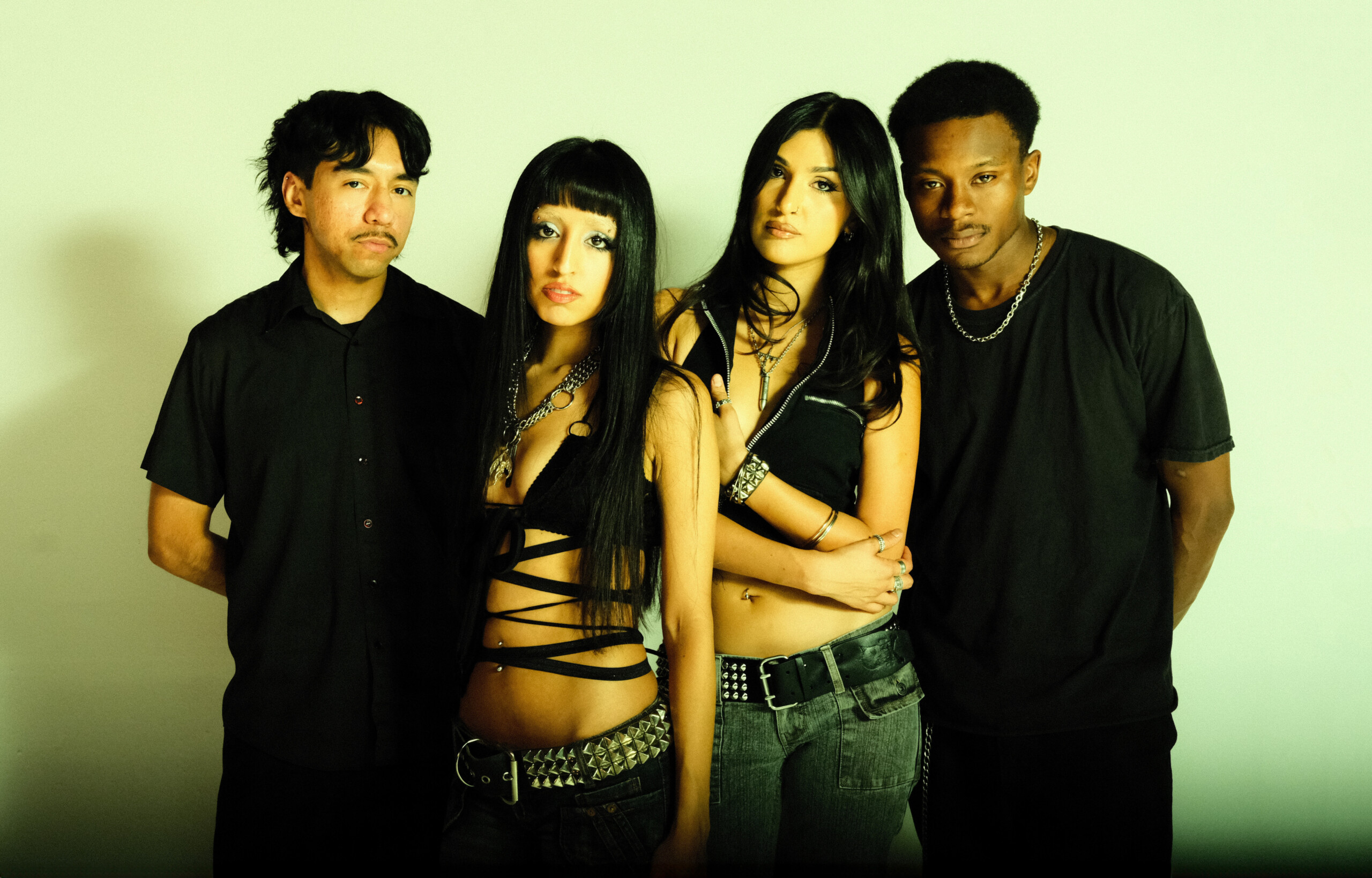
Song of the Day | “all tied up” by Glixen




